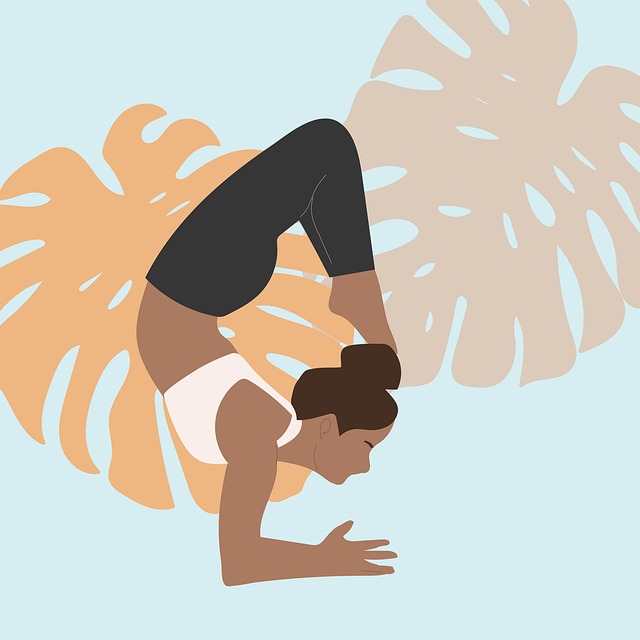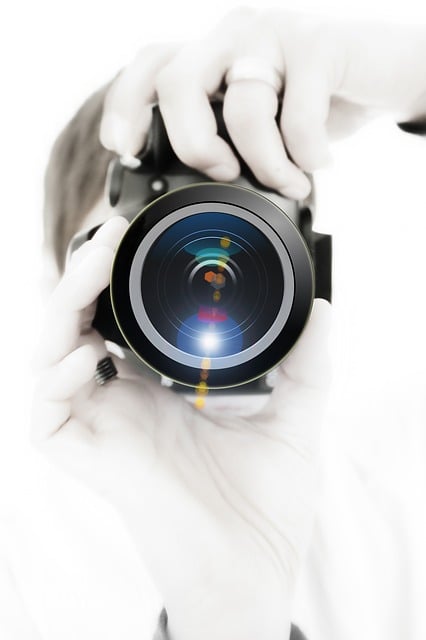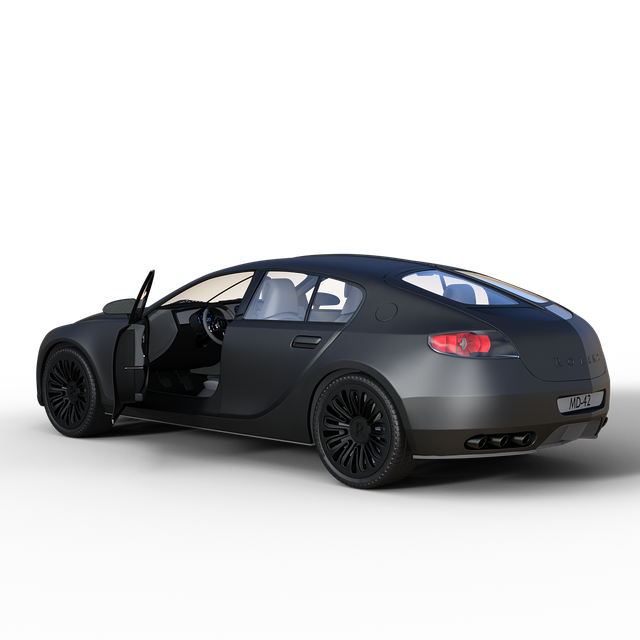Non-surgical body sculpting offers a safe, effective alternative to liposuction for reducing stubborn fat in specific areas like the abdomen, arms, thighs, and back. Using technologies such as radiofrequency, laser, or ultrasound, these procedures break down fat cell walls with minimal discomfort and quick recovery times (30 minutes to an hour). Ideal for candidates within a healthy weight range who have localized fat deposits, non-surgical body sculpting provides visible results over several weeks. Risks include temporary redness, swelling, and discomfort, with rare allergic reactions; managing expectations is crucial as not all fat cells respond equally. Choosing a reputable clinic specializing in this field ensures optimal results and patient safety. Post-care involves rest, gentle care, hydration, cleaning, and exfoliation to promote smooth recovery.
“Discover the future of fat removal with effective non-surgical body sculpting techniques. This comprehensive guide explores innovative methods to achieve targeted fat reduction without incisions. From understanding the process and science behind it, to benefits like minimal downtime and no surgery, we delve into what makes these treatments a popular choice. Learn about common areas for fat targeting, potential risks, patient eligibility, post-treatment care, and realistic expectations. Empower yourself with knowledge before embarking on your journey towards a sculpted figure.”
Understanding Non-Surgical Fat Removal: Unveiling the Process

Non-surgical fat removal, also known as non-invasive body sculpting, is a popular alternative to traditional liposuction for those seeking to reduce stubborn fat and contour their bodies. This innovative approach leverages advanced technologies to target and eliminate fat cells without incisions or extensive recovery periods. The process typically involves the application of concentrated energy in the form of radiofrequency, laser, or ultrasound to break down fat cell walls. Once these walls are disrupted, the body’s natural processes take over, safely eliminating the fat through natural elimination routes like urine or sweat.
Unlike surgical procedures, non-surgical body sculpting offers a minimally invasive option with reduced downtime and minimal discomfort. Most treatments last between 30 minutes to an hour, and patients can resume their normal activities shortly afterward. This method is ideal for candidates who are within a healthy weight range but have localized fat deposits that refuse to budge through diet and exercise alone. By understanding the science behind non-surgical fat removal, individuals can make informed decisions about their body contouring journey.
Common Areas for Targeted Fat Reduction

When it comes to non-surgical fat removal, or non-surgical body sculpting, there are several areas that often top the list for targeted reduction. These include the abdomen, known for housing vital organs and being a common site for excess fat accumulation due to its metabolic activity. The arms, particularly the upper arm region, are another popular target as they tend to retain fat even after weight loss efforts. The love handles, located on either side of the waistline, pose challenges for many seeking a slimmer silhouette. Additionally, the thighs and calves often require attention due to their prominence in overall body composition. Finally, the back, specifically the upper and middle regions, can harbor stubborn fat deposits that resist conventional weight loss methods.
The Science Behind Effective Treatments

The science behind effective non-surgical fat removal treatments involves a deep understanding of adipose tissue and the body’s natural processes. Non-Surgical Body Sculpting technologies target specific areas by using various techniques such as cryolipolysis, high-intensity focused ultrasound (HIFU), or radiofrequency energy. These methods selectively break down fat cells without impacting surrounding tissues. Cryolipolysis, for instance, freezes and destroys fat cells, while HIFU uses sound waves to heat and destroy them. Radiofrequency energy stimulates collagen production, improving skin texture and tone.
Each treatment is tailored to individual needs, taking into account factors like skin type, body composition, and areas of concern. The effectiveness lies in precise application and controlled exposure, ensuring minimal discomfort and quick recovery times. These non-invasive procedures offer a safe alternative to surgery, providing visible results over several weeks, as the body naturally eliminates the broken-down fat cells.
Benefits of Choosing a Non-Invasive Approach

Choosing a non-surgical approach for fat removal offers numerous advantages over traditional, more invasive methods. One of the primary benefits is minimal downtime and faster recovery. With non-invasive procedures, patients can usually resume their regular activities shortly after the treatment, often within days rather than weeks. This makes it an attractive option for those who lead busy lives and cannot afford extensive periods of recovery.
Furthermore, non-surgical body sculpting techniques are generally safer and carry fewer risks compared to surgery. They avoid the need for incisions, reducing the potential for scarring and post-operative complications. Many patients also appreciate the psychological benefits, as these methods provide a less dramatic transformation, allowing them to gradually achieve their desired results while maintaining a sense of control over their appearance.
Potential Risks and Side Effects to Be Aware Of

Non-surgical fat removal procedures, while popular and appealing, are not without potential risks and side effects. Unlike surgical options, these treatments typically involve minimal to no downtime, making them attractive for those seeking quick results. However, individuals should be aware of possible outcomes. One common risk is temporary redness, swelling, or discomfort at the treatment areas, which usually subside within a few days. In some cases, mild bruising may occur, and the skin might feel sensitive to touch for a brief period.
Another important consideration is the possibility of allergic reactions, as different technologies and products used in non-surgical body sculpting may not be suitable for everyone. It’s crucial to inform your provider about any known allergies or sensitivities before the procedure. Additionally, results can vary significantly from person to person, and it’s essential to manage expectations. Not all fat cells are eliminated equally, and some individuals might experience more pronounced side effects than others.
Selecting the Right Clinic and Professional

When considering non-surgical fat removal procedures, selecting the right clinic and professional is paramount for achieving optimal results. It’s crucial to choose a facility that specializes in non-surgical body sculpting, as this ensures expertise and access to the latest technology. Look for credentials, certifications, and positive reviews from satisfied patients. Reputable clinics will offer comprehensive consultations to assess your unique needs, goals, and medical history, tailoring treatments accordingly.
Additionally, inquire about the qualifications and experience of the practitioners. Skilled professionals should be able to discuss various procedures, explain potential risks and benefits, and provide before-and-after examples. A safe and sterile environment further assures quality care. Always trust your instincts; a clinic that makes you feel comfortable and addresses all your concerns is a good starting point for your journey towards achieving your desired figure through non-surgical means.
Patient Eligibility Criteria: Who is a Good Candidate?

Non-surgical fat removal, or non-invasive body sculpting, is a popular choice for those seeking to trim down specific areas without surgery. However, not everyone is a suitable candidate for these procedures. The ideal candidates are typically individuals who have stable weight and healthy lifestyle habits, with particular focus on diet and exercise. These treatments are best suited for people with pinchable fat in targeted areas like the abdomen, thighs, arms, or cheeks, rather than those with larger body mass or substantial fat distribution.
Before proceeding, it’s crucial to discuss your medical history and goals with a qualified healthcare provider. They will assess factors such as overall health, specific body concerns, and any underlying medical conditions to determine if non-surgical body sculpting is the right approach for you.
Post-Treatment Care and Recovery Tips

After your non-surgical body sculpting treatment, proper post-care is essential to ensure optimal results and a speedy recovery. It’s recommended to take it easy for a few days, avoiding strenuous activities or exercises that might cause discomfort. You can expect some mild redness and swelling in the treated areas, which is normal and should subside within a short time. Staying hydrated by drinking plenty of water can help reduce any post-treatment inflammation.
In terms of skincare, keep the treated area clean and gentle. Avoid using harsh products or lotions for a few days to prevent irritation. Applying a cold compress for 15-20 minutes several times a day can help alleviate any discomfort and minimize swelling. As your skin heals, you may notice a temporary change in texture; gently exfoliating after a week or as advised by your specialist can help restore smoothness. Remember, listening to your body and following professional guidance are key to a smooth recovery journey.
Realistic Expectations: What to Expect After Procedures

After any non-surgical body sculpting procedure, it’s crucial to manage expectations. Unlike surgical options, these treatments don’t involve incisions or extensive recovery periods. However, results vary based on individual factors such as skin elasticity, fat distribution, and adherence to post-procedure care instructions. Many patients experience immediate visual improvements, but significant fat reduction typically requires several sessions and a committed approach to lifestyle changes.
In the weeks following treatment, you may notice swelling and bruising, which usually subside within a few days to a couple of weeks. It’s important to understand that these procedures are designed to sculpt and contour your body, not eliminate all fat in specific areas. To maintain optimal results, it’s essential to combine treatments with a balanced diet and regular exercise routine.
